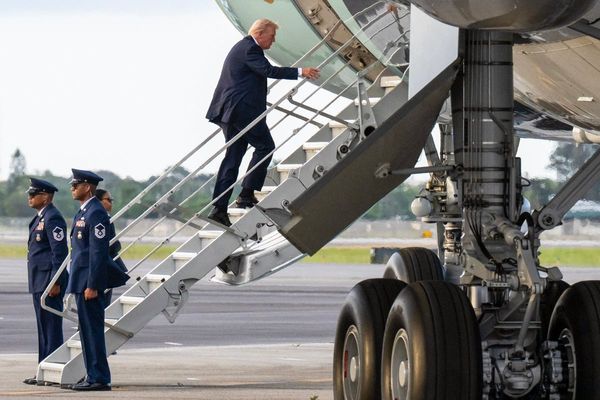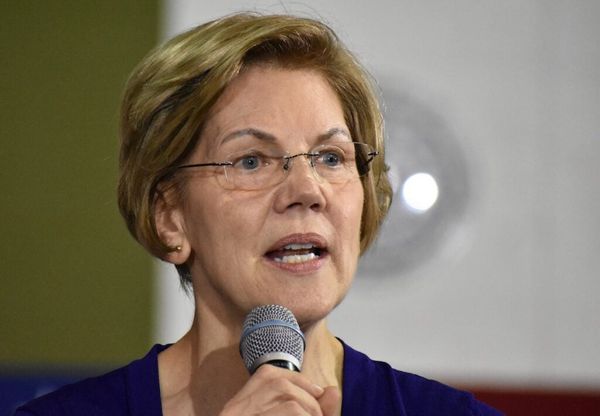
The view from my front lawn is paddocks and trees. From here, almost all I see is farmland and native bushland. A couple of years ago, I stood in this spot with a good friend, an immigrant from the UK. A smart, interested and interesting friend, and also a vegetarian. Which wouldn’t be relevant except I’m a beef farmer, so for our friendship to prosper, this particular difference of opinion needs to be accommodated.
Jess asked me what we would grow on our farm if we weren’t growing livestock. The question initially confused me. Were we looking at the same landscape? Could she not see the steep hills, the prolific rocks, the lack of water? Assuming you still needed or wanted to use this land to produce food (which I do), to my mind, it is grazing land. Anything else would be extremely challenging.
Not only are rocks and hills awkward to navigate, and our lack of irrigation problematic, the terrain is in places frankly a nightmare for the machinery and equipment essential to cropping. I think of a contractor who informed us he would not be working our paddocks any longer after his spreader truck got not one or two, but four flat tyres. We typically apply fertiliser by air now.
I explained this to Jess, and she listened with interest.
That’s stuck with me, because it reminded me how many people have strong views about agriculture. And so they should. Farmers manage more than half of Australia’s landmass. We are arguably custodians of one of the country’s greatest assets: its ability to feed and clothe its own people, and the wider world.
But knowledge about and personal experience of agriculture is dwindling. Perceptions of agriculture from outside of the industry – particularly in the cities where most Australians live – are often negative. Stories showcasing great custodianship and care don’t make the front page – it’s only news when something goes wrong. This isn’t unique to our industry. I know the old newsroom adage: “If it bleeds, it leads.” The difference in agriculture is that our work is increasingly foreign to the very people who rely on our produce every day.
It’s the challenge of our industry, and one I’ve personally taken on: to advocate in an environment where the divide between rural and urban communities is greater than ever before. In 2021, 66.9% of Australia’s population lived in its greater capital cities. Many have little or no connection to the people who grow the products they eat, wear or use every day. Research by CQUniversity makes this gap even clearer. In 2021 they surveyed more than 5,000 primary and secondary school students to evaluate their knowledge of agriculture. The results were, to my mind, alarming. They found secondary students who believe Australian cattle are raised exclusively in sheds. (To clarify, only 4% of Australia’s beef herd is in a feedlot at any given time and are generally raised on pasture. Only 20% of Australia’s milk production comes from intensive or housed dairy systems.) They also found primary school students who believe cotton is an animal product not a plant; and who believe chickens are routinely fed hormones (a practice banned more than 60 years ago).
I believe the work of an advocate, unlike that of an activist or influencer, is to build connection and knowledge. To start with a desire to understand: what do you think of agriculture? What would you like to know?
I ask these questions not because I expect to change your mind, but I hope to engage with you. I hope you might share with me, so I might better understand perceptions of agriculture.
I don’t believe the future of agricultural advocacy lies simply in an exchange of facts, though I wholeheartedly agree all conversations should be underpinned by credible research and evidence. But it’s the stories from agriculture that I believe truly show the deeply complex industry of which I’m a part. That shows you the heart of it, and what it has to offer.
Sometimes those stories are dark. Death, not often part of everyday urban life, is a normal part of agriculture, especially livestock farming. That can be confronting, even for farmers with decades of experience. But it’s part of our life. When my eldest daughter was two, we had a terrible calving season, with cows struck down by a condition called grass tetany. It resulted in the death of many cows straight after birthing. One morning my daughter asked me to play with her. “Be a cow, Mummy!” I obliged and tried to look suitably bovine. “Moo, Mummy!” I mooed. “Now lie down dead!”
I didn’t know whether to laugh or cry. I probably did both.
Stories can also share joy. I took a couple of orphan lambs we were hand-rearing into my daughter’s childcare and gave a group of very excited three-year-olds the opportunity to interact with them. We bottle-fed the lambs and passed around handfuls of unprocessed wool, and some yarn, to compare textures and smell. The kids delighted in the experience, and our much-loved lambs fought over the milk bottle. All went well, with some added entertainment from my daughter casually taking a swig from the lambs’ milk bottle.
Raising livestock is complex. Together with my husband, we’re dedicated to raising our children to appreciate the joy of caring for animals and providing them with an environment to thrive, alongside the understanding that we are growing animals for food and fibre.
Farmers often say city people don’t understand agriculture. But the gap goes both ways. Most farmers I know own the land they work. It’s easy to forget what it’s like to bid for a rental, move every 12 months, or raise kids in high-rise apartments with no green space. We complain about potholes and distances between towns, but we’re not stuck on highways for hours each day, or wrangling toddlers and groceries on public transport.
Bridging that divide isn’t about proving who has it tougher. It’s about recognising the difference and respecting what each life involves.
I love the saying: “No one in the history of calming down has ever calmed down because they were told to calm down.” I don’t see a future for agricultural advocacy in telling people stuff. I see a future in listening and in sharing, openly.
Does my friend Jess want me to grow plants, not animals, for food on our property? Maybe. Just because we have the same information doesn’t mean we’re going to have the same opinion. But I think she also understands why we grow beef. And while she won’t be having steak on the barbecue with us any time soon, I’m grateful she gave me the chance to explain why we do what we do.
Felicity Richards is the chairperson of Farmsafe Australia and the Tasmanian Biosecurity Advisory Committee. She runs a beef grazing operation in northern Tasmania with her husband, Mark. You can contact her here.







